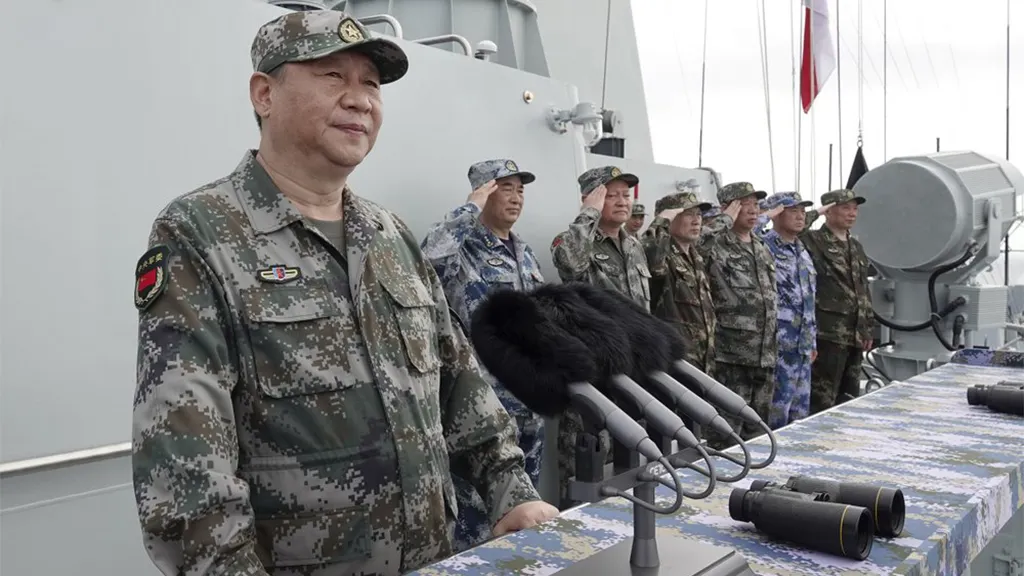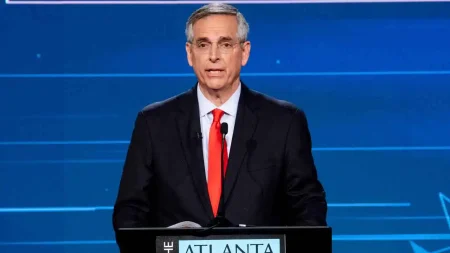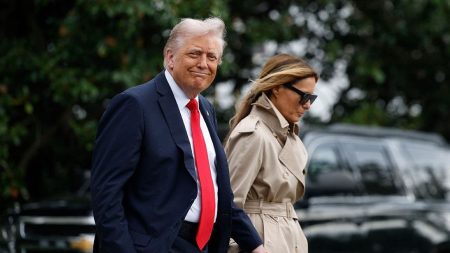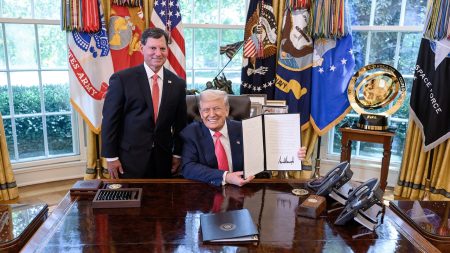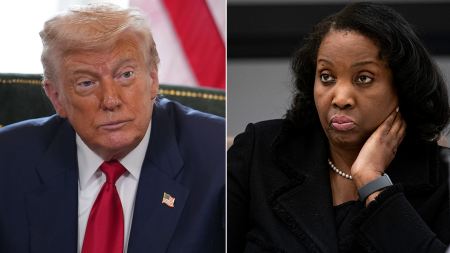The United States is set to announce a major overhaul of its military structure in Asia, with plans to establish a new command in Tokyo to deepen ties with Japan in response to China’s increasing presence in the region. Secretary of State Antony Blinken and Defense Secretary Lloyd Austin are scheduled to hold talks with Japanese officials to announce a shift of U.S. forces in Japan. Secretary Austin plans to reconstitute U.S. Forces Japan as a Joint Force Headquarters reporting to the commander of U.S. Indo-Pacific Command (INDOPACOM).Japan has been looking to establish a new joint headquarters to better coordinate with U.S. forces due to growing threats in the region, including increased missile tests by North Korea and China’s growing military ambitions. Although Japan had hoped the new command would be led by a four-star general, a three-star general will take control. Discussions are expected to cover “extended deterrence,” which involves deploying nuclear forces to deter attacks on allies. Japan already hosts a U.S. military base with a large number of American troops, aircraft, and a carrier strike group, and the new command will enable greater cooperation between the two countries. Japan has also committed to doubling defense spending to 2% of GDP to increase deterrence against China and North Korea.
President Biden has been working to enhance cooperation between Japan and South Korea, another key U.S. ally in the region. Relations between the two countries have been strained historically, but they recently signed an agreement to “institutionalize” trilateral cooperation, which includes sharing real-time North Korean missile information and conducting more joint military exercises. Defense Minister Minoru Kihara stated that the memorandum strengthens cooperation between Japan, the United States, and South Korea, ensuring an unshakeable partnership regardless of changes in the international situation. The White House and Pentagon did not immediately respond to requests for comments on the new military structure and the trilateral agreement.
The new developments in the U.S. military structure in Asia come in response to China’s increasing ambitions in the region. The U.S. has been working closely with Japan to address growing threats, such as missile tests by North Korea and China’s military buildup. The establishment of a new command in Tokyo is seen as a crucial step in deepening cooperation between the U.S. and Japan to enhance deterrence against potential aggressors. By reconstituting U.S. Forces Japan as a Joint Force Headquarters, the U.S. aims to streamline coordination and improve responsiveness to emerging security challenges in the region.
Japan’s commitment to doubling defense spending underscores the growing concerns about security threats in the region, particularly from China and North Korea. The move to increase spending reflects Japan’s determination to strengthen its defense capabilities and work closely with the U.S. to address shared security concerns. The new joint headquarters in Japan will enable closer collaboration and coordination between the two countries, allowing for more effective responses to regional security challenges. President Biden’s efforts to enhance cooperation between Japan and South Korea further signal a united front among key U.S. allies in the region, despite historical tensions between the two countries.
The trilateral agreement signed by the U.S., Japan, and South Korea signifies a significant step towards institutionalizing cooperation in the region and addressing common security challenges. By sharing real-time information on North Korean missile activities and increasing joint military exercises, the three countries are enhancing their collective security posture and strengthening their partnership. Defense Minister Kihara’s statement highlighting the unshakable nature of the partnership underscores the commitment of the U.S., Japan, and South Korea to work together in addressing evolving security dynamics in the region. The agreement represents a strategic move to bolster deterrence against potential threats and promote regional stability.
Overall, the revamp of the U.S. military structure in Asia, the establishment of a new command in Tokyo, and the trilateral agreement between the U.S., Japan, and South Korea reflect a concerted effort to address growing security challenges in the region. By strengthening cooperation, enhancing coordination, and increasing defense capabilities, the U.S. and its allies are positioning themselves to effectively respond to emerging threats and maintain stability in the Indo-Pacific region. The new developments underscore the importance of close collaboration among key allies to uphold regional security and deter potential adversaries.




